Antibacterial PLA for medical applications
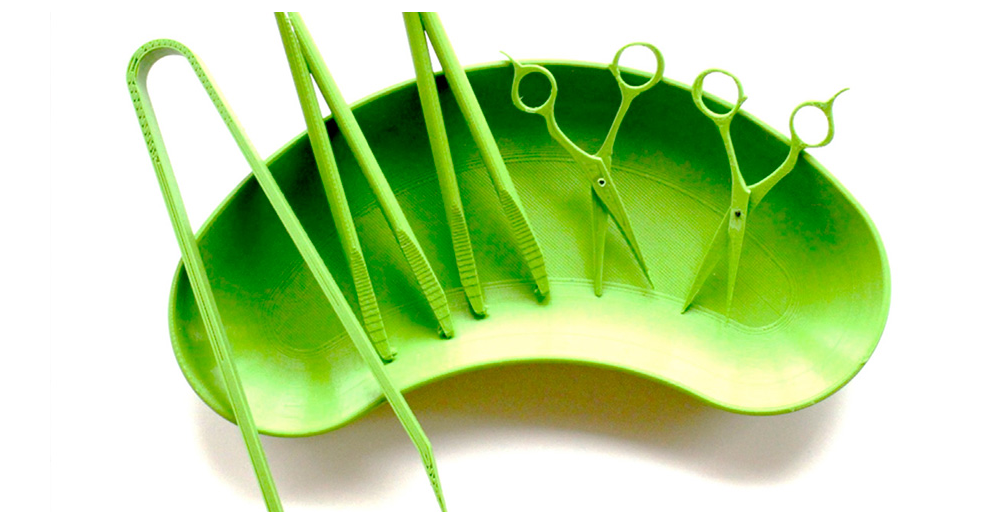
Copper is a natural disinfectant that never loses its effectiveness. The tests performed on commonly used copper objects, such as taps, toilet seat covers, buttons, etc, made with an alloy containing up to 70% copper, show a drastic reduction of microorganisms present on the surfaces of these objects.
In fact, copper triggers a mechanism that damages the bacteria cell wall causing death.
For “Antibacterial Effect”, we mean the ability to inactivate or eliminate not only bacteria but also microbes, moulds, fungi and viruses.
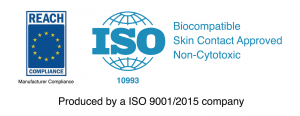
Starting from the need of the world market for ISO 10993 certified materials (Biocompatible Skin Contact Approved Non-Cytotoxid), Crea3D® has established a collaboration with the manufacturer of antibacterial materials Copper3D, which provides for the inclusion of the PLACTIVE™ in the range of its 3D printing filaments.
PLACTIVE™ is an FDA Registered Material and EU compliant (No. 10/2011, No. 1935/2004 and No. 2023/2006). The manufacturer also has certification ISO 9001/2015 and is REACH compliant.
The antibacterial action of the PLACTIVE™ has been scientifically validated, eliminating more than 99.99% of fungi, viruses, bacteria and a wide range of microorganisms.

Applications
Copper3D recently won a grant from NASA for the study and development of 3D printed antimicrobial medical devices for the International Space Station (ISS).
The need is related to the limited space of the shuttle and the need to produce objects on demand and optimize the use of materials only under strictly necessary situations.
In addition to these challenges other issues, such as the Immune System Dysregulation that occurs in long-term space missions and leaves astronauts very prone to get infections of all kinds
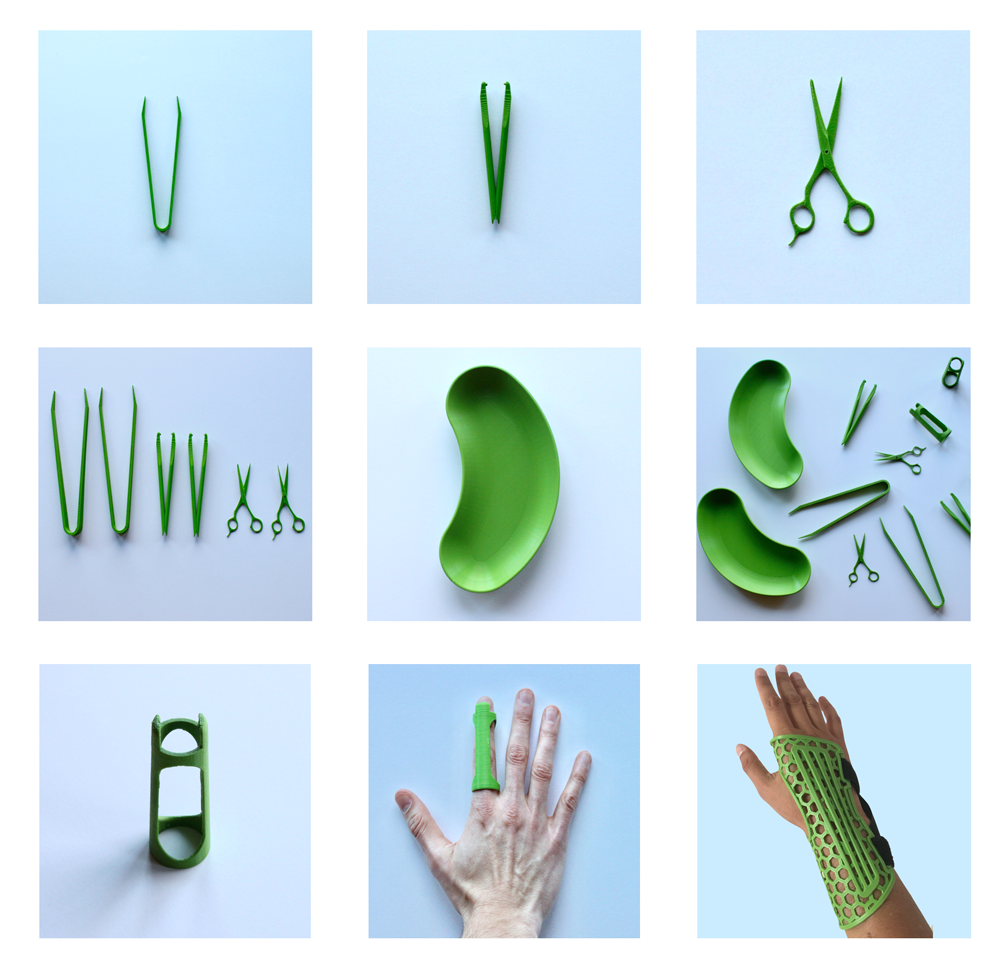
Daniel Martinez, Copper3D's director of innovation, says that this technology, claims about a patented additive with copper nanostructures, can have a very positive impact on the challenges faced by NASA with long-term space missions.
Other applications became necessary when it became clear that the number of ventilators in the intensive care units of the hospitals were no longer sufficient for the increasing cases of COVID-19.
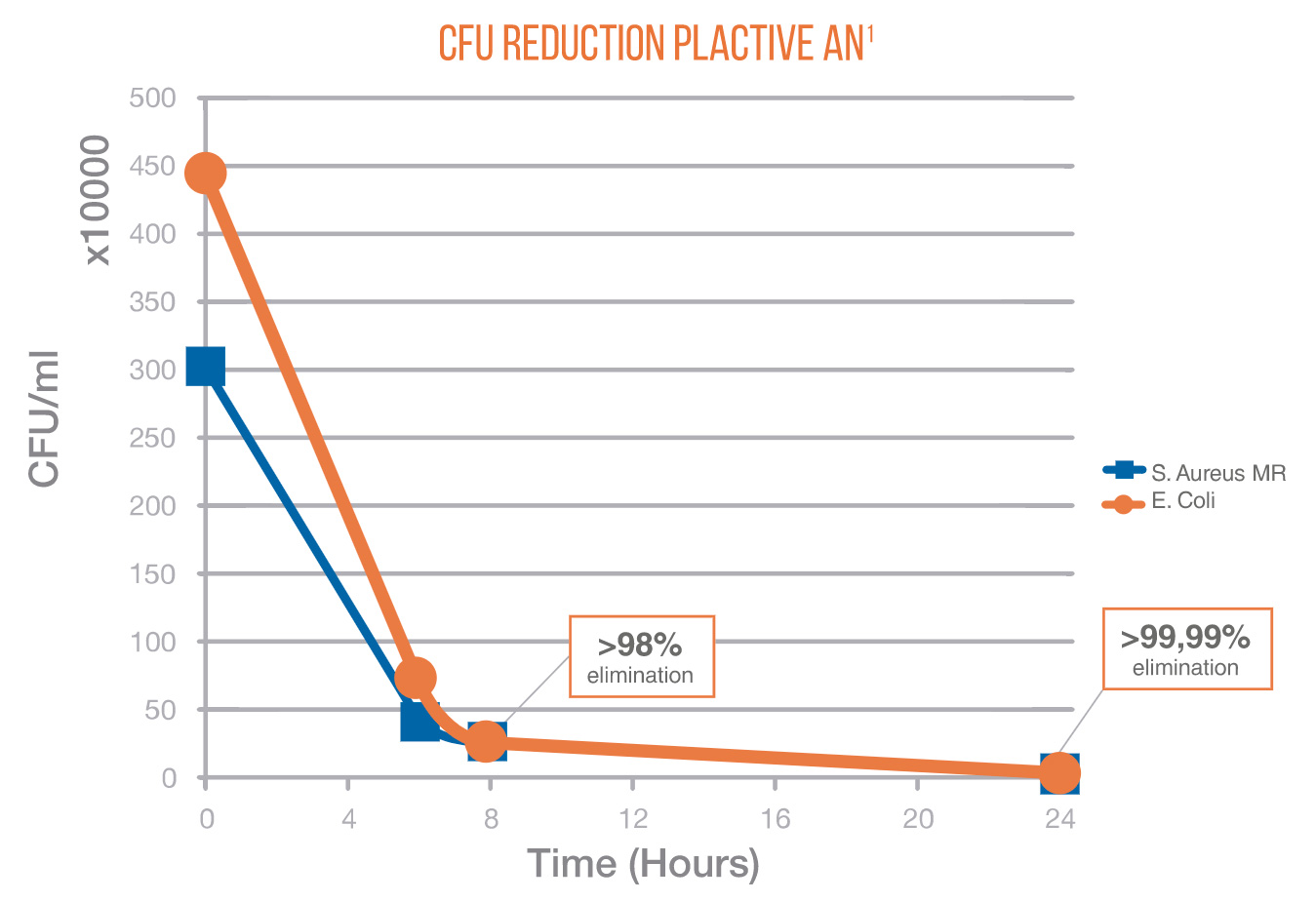
This graphic illustrates the results of 2 studies conducted by microbiology laboratories in USA and Chile. Both studies confirm that the Colony Forming Units (CFU) of Staphylococcus aureus MRSA and Escherichia coli DH5α, fall abruptly during the first 6 hours of exposure to PLACTIVE™ (>95%), continuing the elimination of bacterial strains until reaching the 98% elimination at 8 hours and the 99.99% elimination at 24 hours.
About antimicrobial activity of copper
Copper and Nano Copper inhibit the replication and propagation abilities of SARS-CoV(4), influenza(5) and other respiratory viruses, having a high antimicrobial (antiviral and antibacterial)(6).
References
4. Han J, Chen L, Duan S, Yang Q, Yang M, Gao C, et al. Efficient and quick inactivation of SARS, coronavirus and other microbes exposed to the surfaces of some metal catalysts. Biomed Environ Sci BES, 2005.
5. Borkow G, Zhou SS, Page T, Gabbay J. A novel anti-influenza copper oxide containing respiratory face mask. PloS One. June 25, 2010;5(6):e11295.
6. Copper3D Inc. laboratory tests.

To partially alleviate this problem, Copper3D has developed a 3D printable “H” connector for ventilators, such as the Puritan Bennett™ 840 Ventilator. Around the world, many people have applied this concept giving their contribution.
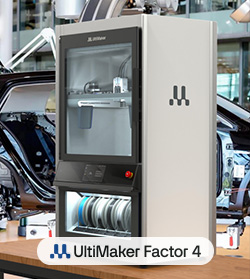






Leave your comment